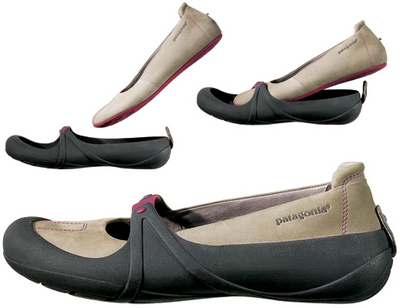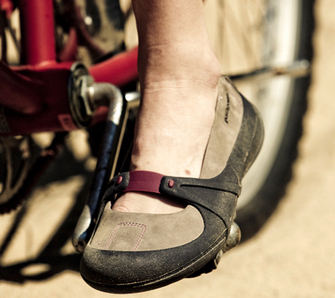
Despite its groundbreaking premise, the Sugar & Spice hasn’t been the roaring success that Patagonia had hoped it would be. The first—and so far, only—shoe of its kind in the ethical activewear brand’s stable, the otherwise unassuming Mary Jane features components that snap together and use minimal glues or cement.
There are a couple of reasons why it never quite took off, The Sugar & Spice is on the heavy side, and the fact that it isn’t feminine (or conversely, masculine) enough doesn’t boost its case. Patagonia went for a more unisex style, instead of making two different molds.
It’s great to have an eco-friendly story, but the bottom line is people buy shoes for the aesthetics is a lesson learned.
Still, the shoe, which made its debut fall 2009, presented a great learning curve, about ease of deconstruction for recycling—something that Patagonia doesn’t have in place for footwear but is willing to explore.
Inspired by the apparel division’s Common Threads Recycling Program and Nike’s foray into sustainability, the Sugar & Spice took more than a year to develop because the different components had to fit together seamlessly, leaving no room for error. The shoe took over a year to develop because the different components had to fit together seamlessly.
Patagonia is revisiting the concept, which is sound in theory if still lagging behind in execution. If one of the trio of main components (upper, thermo polyurethane frame, outsole) wears out faster than the others, you can replace it without purchasing a whole new shoe. After all, the most eco-friendly shoe, is one that “lasts a really long time.”
Patagonia is offering insight in its products footprints by the Footprint Chronicles on its website. A pity this shoe is not for sale any more

Comments by our Users
Be the first to write a comment for this item.